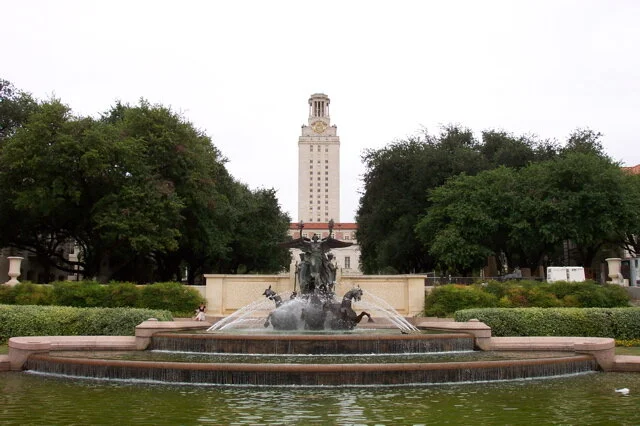If Pomona College is a school of interest, then you should consider three comparable schools in Maine: Bates, Bowdoin, and Colby. The three share Pomona College’s size, liberal arts orientation, and strength of science and humanities curriculum, while maintaining their unique charm, programs, and historical roots.
The Marked Decline of Liberal Arts Colleges and Why
Liberal Arts Colleges and Universities are in crisis. Victor Ferrall Jr, a graduate of Oberlin College (#24 on the US News list of liberal arts colleges), president emeritus of Beloit College (WI) (#60) and author of Liberal Arts at the Brink cites a statistic that in 2000, fewer than 100,000 students, or less than 0.6 percent of all US higher education enrollees graduated from liberal arts colleges.
Top Small Liberal Arts Schools: Haverford and Pomona College
Highly successful students, prior to matriculation, have concrete undergraduate goals. Research experience, whether in the humanities, social sciences, or the hard sciences, mentored by a respected faculty member is one. If such research leads to publication, that’s even better. Building solid communication skills, particularly writing skills, is another. Effectively presenting written proposals is critical to propelling any career. Moreover, developing a rapport with at least two professors is critical for either graduate school or the real world of the job market. Successful undergraduate careers attain these goals to some degree or another.
The Relevance of Same-Sex Colleges
While many female applicants when considering an all-female college are mildly unenthusiastic, for male applicants all-male colleges are almost extinct. The only secular male-only colleges are Wabash College (Indiana), Deep Springs College (which is a 2-year, tuition free, educational experience like nothing else on earth), Morehouse College (a traditionally all black male institution), and Hampden-Sydney College in Virginia. For females, on the other hand, there are a number of colleges to select among, though this number has dwindled down from 200 in 1980 to 58 today. Among the all-female schools still standing, many have some of the most beautiful campuses on the continent: Smith, Wellesley, Mount Holyoke, and Bryn Mawr.
Pepperdine in Perspective
Usually, when students consider Southern California colleges, their list includes Pomona College, USC, UCLA, and occasionally Loyola Marymount, or Pepperdine. Pepperdine, however, is a rare selection. Why? Pepperdine is a remarkably beautiful campus, and its selectivity increases each year: it now accepts only 30% of applicants. Additionally, this year it graduated seven Fulbright scholars. Pepperdine warranted a visit.
Trends Among Top Colleges
When is enough ever enough? You might want to ask William Fitzsimmons, dean of admissions at Harvard, that very question. This year Harvard received over 35,000 applications for 1,700 offers. That is slightly over a 4.8% acceptance rate. By some estimates, 1 out of every 50 college-ready high school seniors sent an application to Harvard. Frankly, with Harvard’s aggressive financial aid package for any family making HHI under $180,000, and with its single essay supplement to the Common Application, the applicant pool might exceed 40,000 next year.
Profile of Frank Olin School of Engineering (Massachusetts)
There are outposts in higher education that defy classification and take unique approaches to education. Deep Springs in eastern California comes to mind with its select handful of students who attend for two years and combine deep analysis of such texts as Plato’s Republic with a daily dose of ranching and farming. Another one is Cooper Union in New York. Now, among this select group, with its first graduating class in 2006, is the Franklin Olin School of Engineering located in Needham, Massachusetts, next door to Babson College, the leader in undergraduate business entrepreneurship. All three schools were endowed by entrepreneurial men who intently made them tuition free.
Olin, however, does far more than give free tuition to attract the brightest students.
College Rankings Considered
There might not be enough corn and oil to satisfy demand, but there sure seems to be more than enough college ranking lists available to satisfy just about any taste. The most famous, of course, is the US News and World Report ranking. US News has turned ranking colleges into a major profit center for its magazine, with 2,000,000 subscribers, 9,000 newsstand buyers, and over 20,000 of its college guide book users. If you don’t like US News and World Report’s perspective on admissions competitiveness, then you can always turn to: Barron’s, The College Prowler, Princeton Review, Kiplinger, Ordo Ludus College Ranking (which is Latin for “school ranking”) –you can find a fairly comprehensive listing of the college ranking services in Wikipedia, not only in the US, but worldwide,--by going to http://en.wikipedia.org/wiki/College_and_university_rankings.
Catholic Colleges Considered
When exploring potential colleges, many students start with their state schools or the more prestigious independent colleges, such as Duke, Haverford, Stanford, or the Ivies. Some students, however, are attracted to the Catholic universities and colleges. With over a 180 scattered across the United States, there are a number to choose among
Q&A Session on College Admissions: Yale, Pomona College, Lawrence (Wisconsin), University of Texas, Austin
In light of this year's flood of applications received by the most selective schools: Harvard received a record 27,200 applications, an increase of 19% over last year, University of Chicago's application volume increased by 18%, Amherst College, 17%, Northwestern, 14%, and Dartmouth, 10%, gaining a clearer insight into how the admissions offices of the most selective schools operate is useful. What better way to do this than hearing what the key admissions officers have to say?











